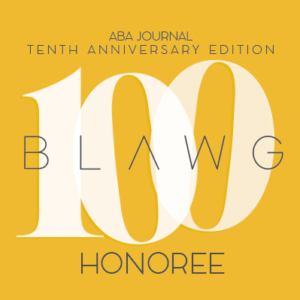The Antitrust Division’s Deputy Assistant Attorney General for International Affairs, Roger Alford delivered a speech on October 3, 2017 in San Paolo, Brazil. (here). There were no groundbreaking announcements in the speech, but since it was the first delivered since Makan Delrahim took over as head of the Antitrust Division, I thought it might be of interest.
There were two aspects of the talk worth noting. First, Mr. Alford highlighted the Division’s longstanding focus on holding individuals accountable:
As my colleagues at the Antitrust Division have explained before, “[h]olding companies accountable and assessing large fines, alone, are not the only means, or even the most effective way, to accomplish our goal of deterring and ending cartels. Individuals commit the crimes for which corporate offenders pay. Every corporate crime involves individual wrongdoing.” For that reason, we at the Antitrust Division have a long history of holding individuals accountable for antitrust crimes, and we have consistently touted prison time for individuals as the single most effective deterrent to criminal collusion.
The other item that caught my eye in the speech was the Mr. Alford’s reference to two Antitrust Division recent prosecutions:
- In June of this year, Yuval Marshak was sentenced to 30 months in prison for participating in a scheme to defraud the U.S. Department of Defense.
- In 2016, we tried and obtained the conviction of John Bennett for fraud against the United States as a result of a kickback scheme in the procurement of environmental clean-up services. He was ultimately sentenced to five years in prison.
These examples of “fraud prosecutions” are interesting because there is sometimes an internal debate in the Antitrust Division about whether only Sherman Act, (i.e. price fixing or bid rigging) charges should be brought or whether the Division has a broader mandate to prosecute what is sometimes called “corruption of the bidding process.” A “corruption of the bidding process” example would be bribing a procurement official to tailor bid specifications to favor one company. In a hybrid case, there may be both a bribe of a procurement official and collusion among the favored bidders.
At times, investigation and prosecution of collusion on public contracts such as defense, roads, and schools has been a priority for the Division. Public contracts are typically where collusion and bribery turn up–and jail sentences tend to be long. The Division has limited resources, however, so when international cartels dominate, there may be few resources left to devote to public contracts.
The interesting thing about public contract investigations, is that the Division has some ability to be proactive in generating new investigations (as opposed to being reactive to leads/leniencies that come into the Division.) When resources are available, the Division will often beat the bushes talking to federal agents and procurement officials looking for tips on possible worthwhile investigations. It will be worth watching to see if there is any noticeable shift in emphasis under the new Antitrust Division leadership.
Thanks for reading.

